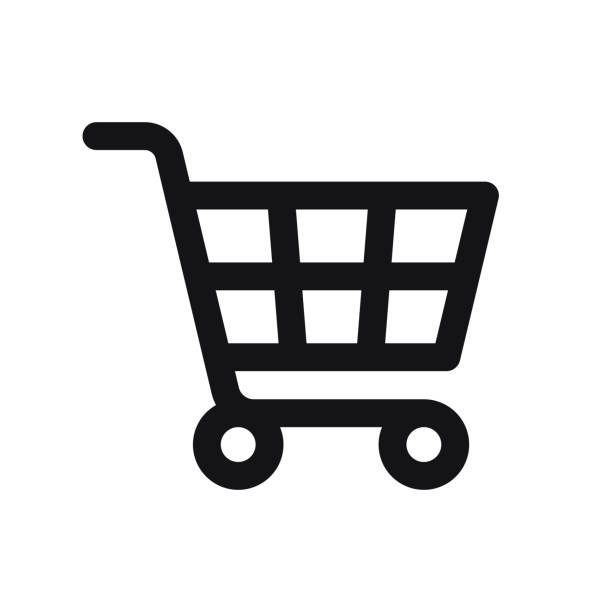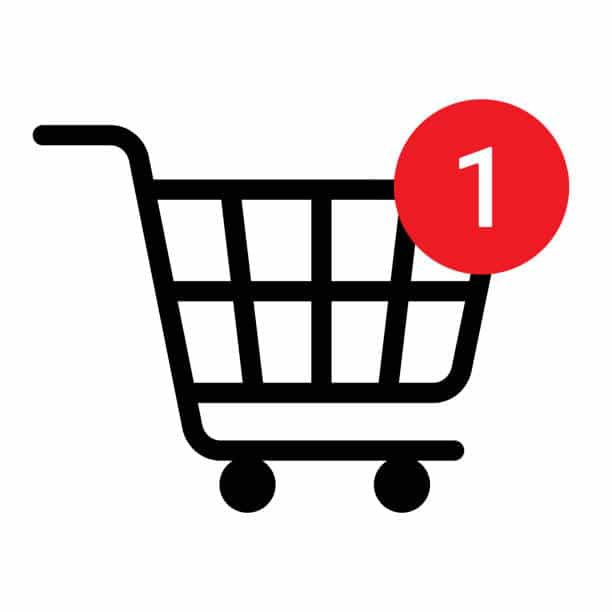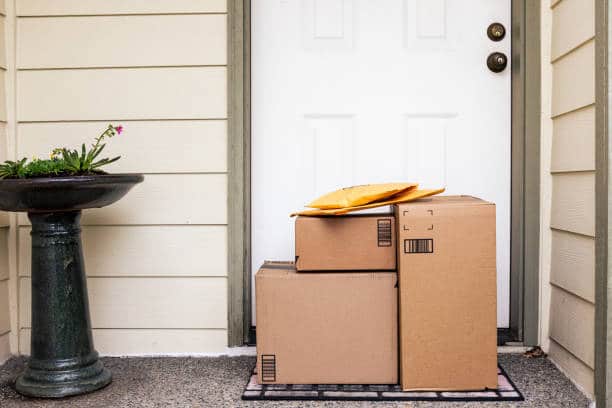Ecommerce cart design can sometimes be an afterthought for online retailers. If a checkout process works, isn’t that enough? While ecommerce cart functionality is paramount, it’s almost impossible to deliver seamless functionality without complementary design. Both are intrinsically linked play a vital role in driving conversions. Keep reading to understand the what, why, and how of ecommerce cart design best practices.
What is an Ecommerce Cart?

An ecommerce cart is a software that powers a significant amount of functionality on an online store. It works to accept and process payments. It also stores product data, renders product information on the front end of the store, and links directly to customer and order management systems.
Some of the most popular ecommerce carts on the market include BigCommerce, Magento, Shopify, and Shopify Plus. While it is possible to build your own custom cart, these third-party solutions allow you to operate straight out of the box, with all of the core ecommerce cart functionality already built-in.
You may hear an ecommerce cart referred to more simply as your “ecommerce platform”. Others sometimes use the terms “cart” and “checkout” interchangeably.
Why is Ecommerce Cart Design Important?

Ecommerce cart design typically refers to the design of your checkout process specifically, rather than the other aspects of your site that are powered by your cart software.
As the part of your site that accepts orders and processes payments, it’s easy to dismiss the checkout as a purely functional component that doesn’t require much thought from a design perspective. However, ecommerce cart design plays a crucial role in the usability of your checkout process. Follow the best practices below for a design that complements your ecommerce cart functionality.
Ecommerce Cart Design Best Practices
1. Display the Cart Icon Where Shoppers Expect It

While it can be tempting to get creative and try something different with your ecommerce cart design, this needs to be balanced with customer expectations. A primary example of this is the positioning of the cart icon on your site. Shoppers generally expect to find the cart in the top right hand corner of their screen. Therefore, it’s a good idea to keep it there.
2. Make it Obvious When a Product Has Been Added

If a shopper clicks “add to cart” on a product page, they should receive a visual cue to signify that their request has been completed. Likewise, the cart icon at the top of the page should feature a number that indicates how many products have been added so far.
3. Enable Shoppers To Preview Their Cart At a Glance
Sometimes, shoppers may want to review the products in their cart without proceeding all the way to checkout. Perhaps they want to confirm if they have already added a similar item, or assess their current subtotal before deciding whether to add an additional product. In this case, it should be easy for customers to view a miniature, pop-up version of their cart without leaving the page they are currently on. Remember to include a “continue shopping” button alongside the option to “proceed to checkout” in this pop-up.
4. Customize the Default Ecommerce Cart Design
Once the shopper does proceed to checkout, they shouldn’t encounter a jarring difference in design. Make sure to customize the out-of-the-box design provided by your platform of choice so that it blends seamlessly with the branding throughout the rest of your site. An ecommerce cart design that looks like it’s taking shoppers to an entirely different site is likely to raise red flags, and make customers question the trustworthiness of your store.
5. Be Transparent About Pertinent Information

Front Door of House with Stack of Delivery Boxes from Online Ordering and E-commerce
Shipping fees, delivery timelines, and return policies should all be easy to spot as part of your ecommerce cart design. Don’t attempt to hide this information. This only serves to frustrate shoppers and can distract them from a conversion as they seek out details of your policies elsewhere.
6. Show Shoppers How Many Steps Are Involved in the Checkout Process
Include a progress bar on each page of your checkout so shoppers can see how close they are to completing their purchase. Naturally, the number of steps involved should be kept to a minimum so customers can reach the point of conversion with minimal effort. If shoppers face a long, arduous process to reach the payment page, there’s a high probability they will simply abandon their carts.
7. Streamline Your Forms
Speaking of minimal effort, avoid asking shoppers to fill in excessive form fields or repetitive information as part of the checkout process. Enable autofill where possible, support multiple forms of payment so shoppers can choose the easiest method for them, and allow customers to save payment details to make their next visit even smoother.
8. Optimize for Mobile

Every online retailer knows the importance of optimizing their store for the ever-growing cohort of mobile shoppers, but it’s easy to overlook the mobile checkout experience. It’s critical that you test and tweak this section of your site to make mobile checkout a breeze. Otherwise, purchase-ready customers may end up bouncing because of an unresponsive form or clunky payment portal.
Don’t Overlook the Importance of Ecommerce Cart Design
Ecommerce cart design and functionality go hand-in-hand, you can’t sacrifice one or the other without directly impacting the shopping experience. While some view design and functionality as opposing forces, retailers should treat them both as critical components of the checkout process. They should ensure they they complement each other to achieve their shared goal: effortlessly converting shoppers into happy customers.




